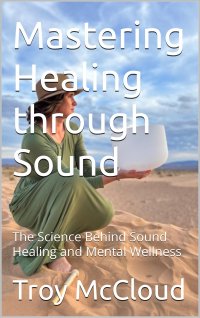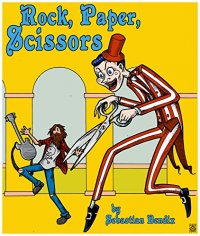The History of Sound Healing
The practice of sound healing dates back thousands of years, with roots embedded in various ancient cultures around the world. From the indigenous tribes of North America using drumming and rattles to the Tibetan monks chanting in their monasteries, sound has long been regarded as a powerful tool for spiritual and physical healing. The Egyptians also harnessed sound through music and chanting, believing that certain frequencies could promote healing and well-being. These early practices laid the groundwork for the modern understanding of sound as a therapeutic medium, emphasizing its role in connecting the mind, body, and spirit.
In the 20th century, sound healing began to gain recognition in the Western world as researchers and practitioners explored the effects of sound on health. Pioneers like Dr. Hans Jenny demonstrated the impact of sound vibrations on matter through his experiments with cymatics, illustrating how sound waves can create visible patterns. This scientific approach opened the door for further exploration into how sound can influence physical and mental health. By the late 20th century, sound therapy started to emerge as a recognized form of alternative medicine, with various modalities such as sound baths, tuning forks, and gongs becoming popular among wellness practitioners.
The rise of sound baths in particular has transformed the landscape of sound healing in contemporary wellness practices. These immersive experiences involve participants lying down while sound healers use various instruments to create a rich tapestry of sound. The vibrations produced by singing bowls, gongs, and chimes are believed to promote relaxation, reduce stress, and facilitate emotional release. This practice resonates with individuals seeking a deeper connection to themselves and a pathway to mental wellness. As sound baths gained traction, they attracted attention not only for their therapeutic benefits but also for the sense of community they foster among participants.
Scientific research has increasingly supported the claims surrounding sound healing, particularly in its effects on mental health. Studies have shown that sound therapy can significantly lower anxiety levels, improve mood, and even enhance cognitive function. The mechanisms behind these benefits often relate to the brain’s response to sound waves, which can trigger the release of neurotransmitters such as dopamine and serotonin. Additionally, sound vibrations can induce states of deep relaxation, akin to meditation, allowing individuals to access their subconscious minds and release emotional blockages. This intersection of science and ancient wisdom is vital for sound bath practitioners and natural healing coaches as they guide clients toward better mental health.
As the understanding of sound healing continues to evolve, practitioners are encouraged to explore the historical context of their work. By recognizing the traditions and scientific advancements that have shaped sound healing, sound bath practitioners can deepen their practice and enhance their clients’ experiences. Emphasizing the rich history of sound healing not only honors the ancestral wisdom that informs modern practices but also reinforces the significance of sound in fostering mental wellness. In this journey of harmonizing the mind and body, sound healing stands as a testament to the timeless connection between vibration, health, and the human experience.












